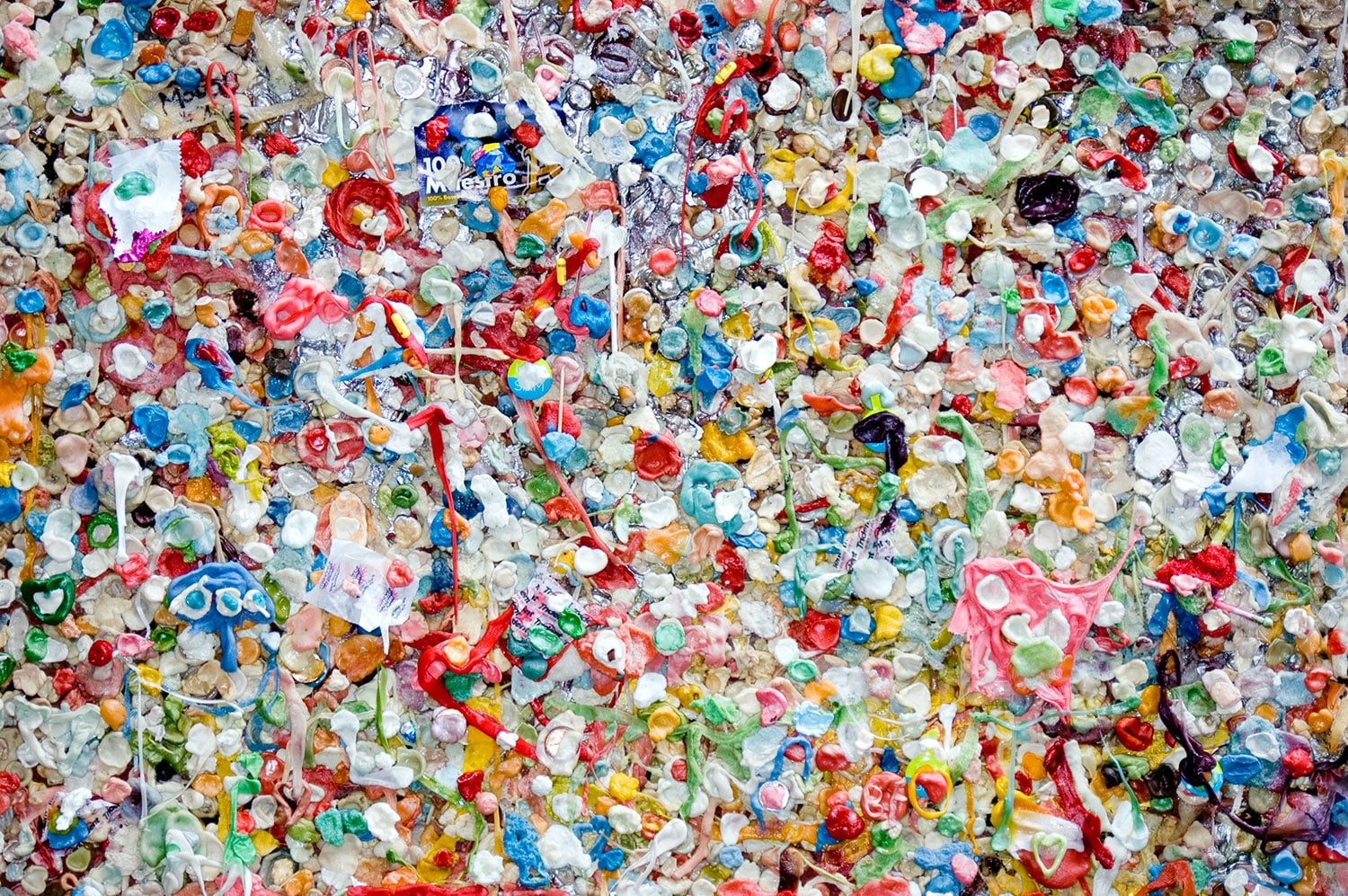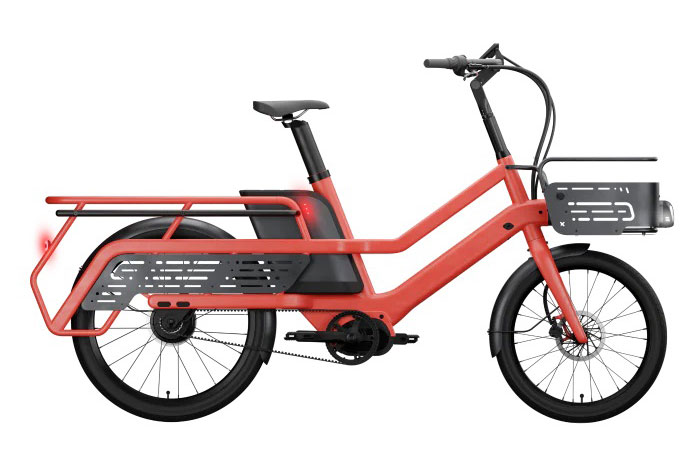
The production and disposal of plastic generate greenhouse gases and hazardous waste. New approaches are needed to both reduce and reuse plastic waste. In this context, PVC (polyvinyl chloride) is an appealing target as it is the least recycled high-production-volume polymer due to its facile release of plasticizers and corrosive hydrochloric gas.
Now, the University of Michigan researchers have discovered a way to chemically recycle PVC into usable material. They found a way to use the phthalates in the plasticizers – one of PVC’s most noxious components – as the mediator for the chemical reaction.
PVC is the kind of plastic that no one wants to deal with because it has its own unique set of problems.
Plastic is typically recycled by melting it down and reforming it into lower-quality materials. But when heat is applied to PVC, plasticizers leach out of the material very easily, which contaminates everything in the recycling stream and is usually very toxic. Additionally, hydrochloric acid releases easily out of PVC with heat that could corrode the recycling equipment and cause chemical burns to the skin and eyes – not ideal for workers.
Even though PVC is one of the three most common plastics worldwide, less than one-quarter of 1% of it is recycled after it reaches consumers. This is where electrochemistry comes in.
The University of Michigan researchers, led by Danielle Fagnani and Anne McNeil, have developed a new recycling method that actually uses plasticizers to break down PVC. The plasticizer not only improves the efficiency of the method but also controls the temperature of the material.
PVC is a polymer with a hydrocarbon backbone, Fagnani says, composed of single carbon-carbon bonds. Attached to every other carbon group is a chlorine group. The research team uses electrochemistry to introduce an electron into the system, which causes the system to have a negative charge. This breaks the carbon-chloride bond and results in a negatively charged chloride ion.
“What we found is that it still releases hydrochloric acid, but at a much slower, more controlled rate,” Fagnani said. The acid can then be used by industries as a reagent for other chemical reactions. The chloride ions can also be used to chlorinate small molecules called arenes, which can be used in pharmaceutical and agricultural components. Fagnani and McNeil’s team is still looking for ways to use the other materials produced with its method.
The team is currently trying to improve the efficiency of this process even more. Researchers say their discovery could make plastic recycling much easier and more productive in the future.
Journal reference:
- Danielle E. Fagnani, Dukhan Kim, Sofia I. Camarero, Jose F. Alfaro and Anne J. McNeil. Using waste poly(vinyl chloride) to synthesize chloroarenes by plasticizer-mediated electro(de)chlorination. Nature Chemistry, 2022; DOI: 10.1038/s41557-022-01078-w
Researchers find a way to recycle previously unrecyclable plastic
Source: Tambay News






0 Comments